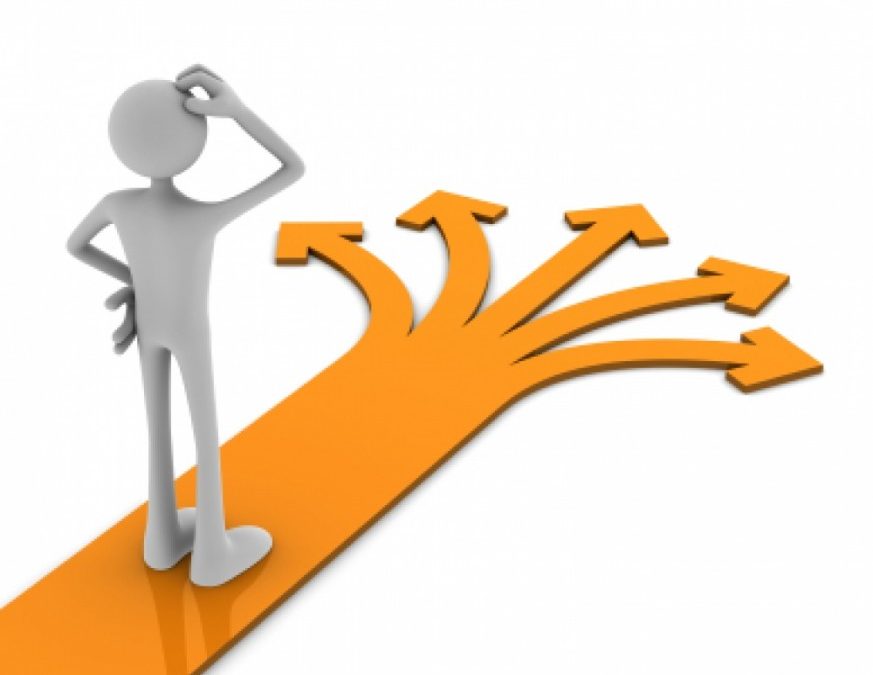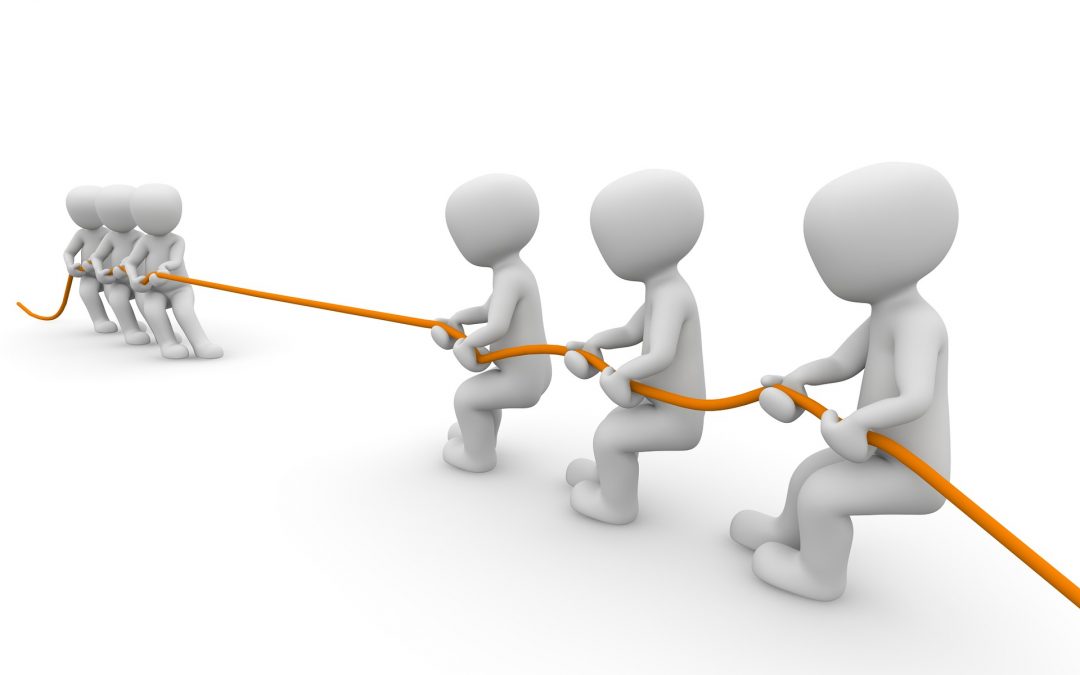
How Much Does It Cost To Advertise on WOWO Radio?
Most of the business people I talk to these days are listeners to one of the radio stations I work with but they are not necessarily advertising partners with me, yet.
A big question that comes up is, “How Much Does It Cost To Advertise on WOWO Radio?”
When I started this year, I decided to focus my time and energy on working with people who listened to the radio station I work with. In years past, I was also offering digital online services that I can also help you with through our digital department. I will still do that, but the first criteria I am looking for is that you are familiar with WOWO. If you listen to WOWO, we have a common bond, because I am also a fan and listener.
There are at least a half dozen factors that come into play when coming up with an answer to your question, “How Much Does It Cost To Advertise on WOWO Radio?”
Let’s take a look at them:
- Time of Day Your Ad Runs. Certain times of the day cost more than others. Nearly every time I work with a business, I place their ads in one of the most listened to times of the day for our radio station. Why? I want your advertising message to be heard by as many listeners as possible that can become your customer. According to the latest rating information I have, over 118,000 people in the Fort Wayne area listen to WOWO every week. Over 90% of them listen weekdays between 5 in the morning and 6 in the evening. About 30% of them listen after 6pm. Ads that run during the day cost more than ads in the evenings on WOWO because of the audience size.
- Inventory. We are very straight forward with our prices and use a supply and demand system. Every week or two, I get an updated rate card. This rate card tells me:
- How many ad slots we have sold and how many are still available
- It is divided by the different shows that air each week and also has a different rate for each week.
- If a show is 85% sold out or more, it will cost you $100 for your commercial to air. If we are 100% sold out, we will still put your ad on WOWO, but you will have to pay more. $125 up to $200, depending on the demand.
- When inventory is tight, then ads that were bought at a lower price risk getting bumped. I see this happening a lot a few times every year.
- There are times when commercial advertising inventory is less than 85% sold out and our prices are lowered to reflect that when it occurs. However, that has become much more rare.
- My pledge to you is to get you the best price for your advertising campaign that takes all of this into consideration. Which brings me to another factor that determines the cost of advertising on WOWO Radio:
- Type of Ad. At WOWO, I have more options than nearly any other radio station I have worked with. Here’s a listing of some of the types of ads I may have available for your business with WOWO:
- Recorded 60 second ads
- Recorded 30 second ads
- Recorded 15 second ads
- Recorded 10 second ads
- Streaming ads heard online during our radio shows
- Live 60 second endorsement ads
- Live 10 second news/weather/sports sponsorships ads
- Recorded 5 to 10 second sponsorship ads
- Live Remote Broadcasts
- 30 minute (or longer) radio shows and podcasts
- Special Feature Sponsorships
- …Some other idea we come up with and get approval for
- Number of ads. I do not sell one ad. This is not worth your money or my time. It is not effective, it is not the best practice by anyone’s standards. Instead, I create campaigns that include numerous ads. Now when I say ad, I am talking about the actual airing of an ad. When I am putting together a schedule for your advertising campaign, I prefer to air at least 10 ads per week in a 3 or 4 hour radio show that airs 5 days a week. That means you are buying a majority of the show and reaching a majority of the listeners. I will gladly explain this to you in person and I’ll probably write another article and podcast on this subject.
- Talent Fees. This is a fee that is paid to an air talent or production talent that goes above and beyond the money spend on the air time for your ad airing on WOWO. Those 60 second live endorsement ads you hear on WOWO, the radio host is getting paid extra for giving their endorsement and testimonial for those ads. Again, I’ll go more in depth in the future. We also have a talent fee for writing ads if we use certain copy writers and producers on staff. I usually don’t do this, but if there is a fee, we pass that along.
- Extras… Need a jingle? I have connections. Want to be a presenting sponsor for an event? We may have that event available for sponsorship. Want to have one of our national talk show hosts record your ad? That is also available under the right conditions and for a fee.
Bottom line is, if you need help, let’s talk and see what makes sense. My goal is to make it profitable for you to become an advertising partner with me.
And the real bottom line regarding, “How Much Does It Cost To Advertise on WOWO Radio?” I have advertising partners who spend over $100,000 per year and some that spend $30,000 a year or less. Contact me, Scott@WOWO.com
As a side note:
I work primarily with WOWO Radio however, I also can help you with our local ESPN Sports Talk Station and with our companies Rock Station, 98.9 The Bear. These are 3 of the local radio stations owned and operated by Federated Media in Fort Wayne, Indiana. I can also connect you with the appropriate Federated Media co-workers that handle advertising on our other stations, WMEE, K-105 and BIG 92.3.
Looking for more free marketing tips? Sign up for my free Sound ADvice newsletter below:
[wd_hustle id=”sound-advice-sign-up” type=”embedded”]




